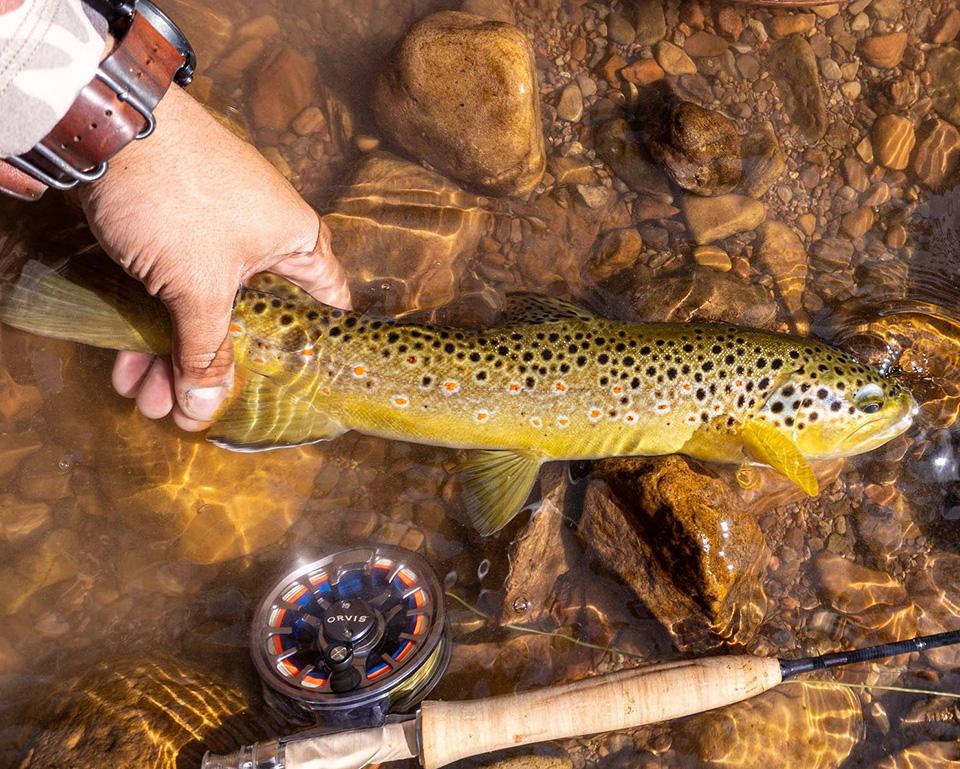
In an effort to reduce the number of brown trout in the Colorado River, agencies will pay you $25 per brown trout you catch and keep/NPS file
When was the last time you were paid for fishing? In a bid to reduce the numbers of non-native brown trout in the Colorado River below the Glen Canyon Dam, the National Park Service and Arizona Game and Fish Department will pay you $25 for each brown trout over six inches you catch and keep.
This so-called "incentivized harvest" begins November 11. The brown trout population in the Lees Ferry Reach has steadily increased since 2014. As adults, brown trout primarily feed on other fish, potentially threatening downstream native fish species. The goal of this pilot program is to determine if an incentivized harvest can help manage and reduce the number of brown trout in the Colorado River between Glen Canyon Dam and the mouth of the Paria River. The initial research into the use of this tool is designed to last three to four years, at which time the program will be evaluated for its effectiveness.
There is no limit on the number of brown trout that can be retained and turned in for a reward in the Incentivized Harvest. To be eligible for the reward, anglers must follow the guidelines available at this site. Anglers must have a valid Arizona fishing license. Only artificial lures with barbless hooks are allowed. Details on the Arizona Game & Fish Department angling regulations for this area can be found at this page.
The National Park Service reviewed this population management tool as part of the Expanded Non-native Aquatic Species Management Plan Environmental Assessment and associated Finding of No Significant Impact, which are available at Park Planning Website. Development of the incentivized harvest was accomplished in close coordination with cooperating agencies and partners including the Arizona Game and Fish Department, U.S Bureau of Reclamation, U.S. Fish and Wildlife Service, USGS Grand Canyon Research and Monitoring Center, several traditionally associated American Indian Tribes, angling groups and many other stakeholders. The Glen Canyon Conservancy is assisting in managing monthly payments to anglers.
On Tuesday, Nov. 3, at 3 p.m., a webinar presentation on the “Maintenance of Northern Arizona Ecosystems Using an Incentivized Harvest Program” will be presented by Ken Hyde, chief of science and resource management at Glen Canyon National Recreation Area. This webinar will be hosted by Coconino Community College through their Comet Talks program. If interested, here's the web link to register for the program.



Add comment